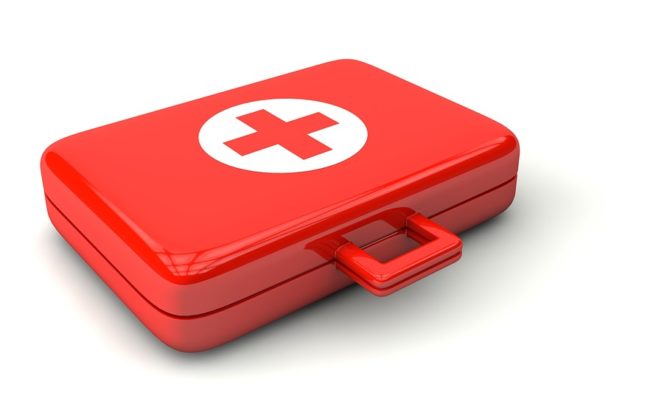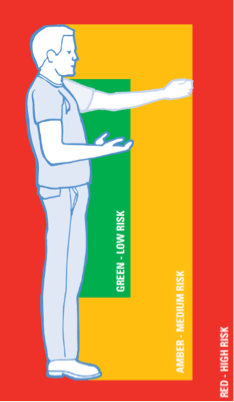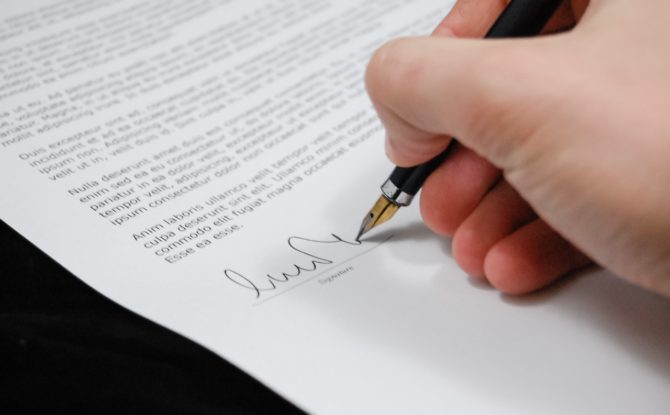There is no question about it – looking after the health and wellbeing of both you and your people is quite simply good for business. You’ve likely heard all about the trendy, multinational businesses like Google, HSBC, and Facebook promoting their employee wellbeing initiatives to making sure their people are supported to keep a positive work-life balance. But, what can us smaller guys – without the budgets and time to get awesome initiatives off the ground – really do to keep our staff happy and healthy?
Well, we would argue that the first place you should start is, perhaps, with yourself. Sounds harsh but a recent article on ABC News pointed out that many Australian SME owners may be putting health and wellbeing on the backburner and are commonly experiencing fatigue, stress and loss of motivation because of their work. Not an ideal situation.
Now think about the expression ‘leading by example’. It’s not really a stretch to think that in some cases, the poor experiences of business owners may be negatively influencing their workers as well. For example, if the boss is working long hours, it’s possible they are building a culture of long work hours across the board. And if the boss has low morale and is frustrated, then their people may feel equally as low.
So if you want to build positive health and wellbeing into your business, then what we suggest you do first is look after yourself. Look at the way you act in the office. Walk the talk. Eat well. Be mindful. Talk nicely. Work appropriate hours. Understand that what you feel on a daily basis is likely to be reflected onto your teams. Stop and think about how you might be perceived by your workers. And if you notice some bad habits that don’t do you any favours, consider changing them so you can set the example for a happy and healthy in the workplace.
After all, investing in people, including you, is simply good for business.













